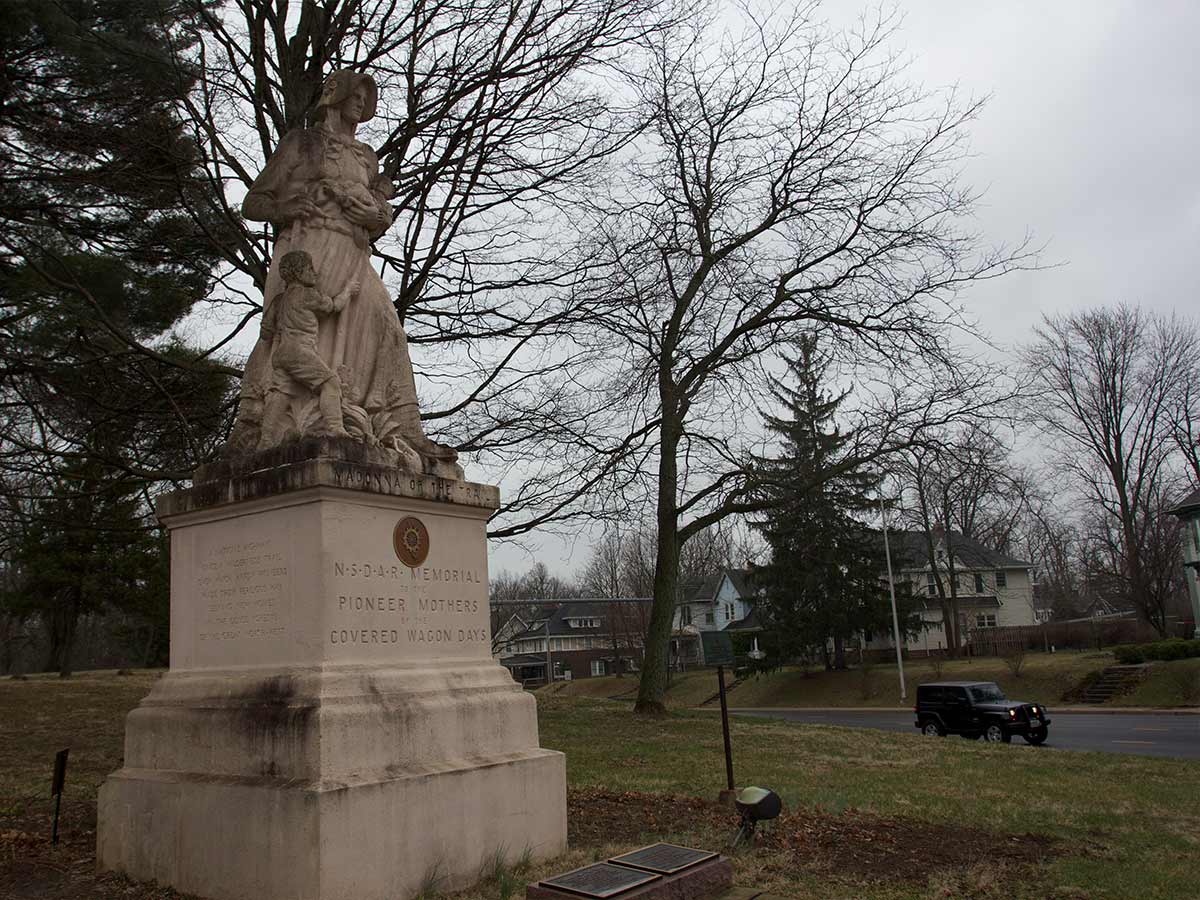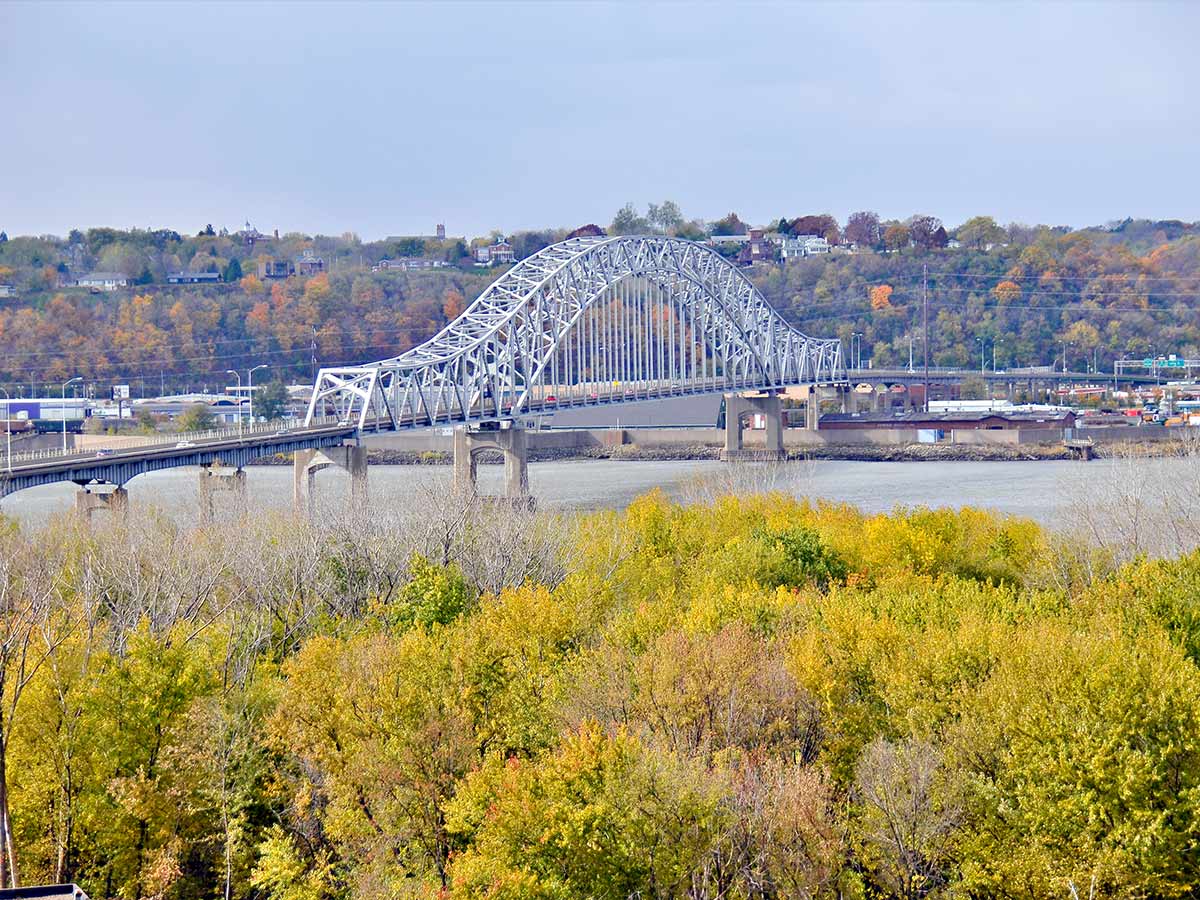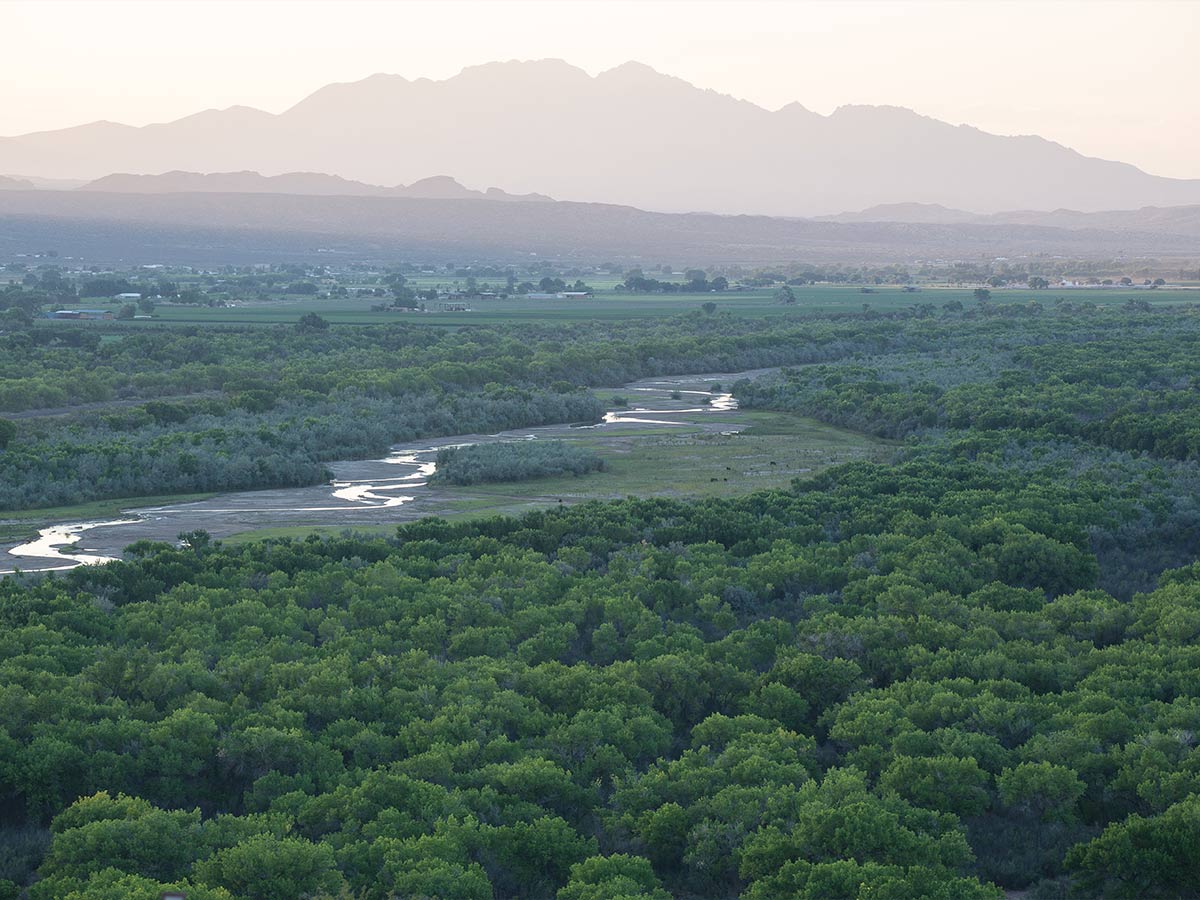Connecticut: Boston Post Road

The Boston Post Road, one of Connecticut’s oldest roads, traces its origins back to the 17th century as part of the first postal route between New York City and Boston. Serving as a vital artery for early communication and trade, the road became central to the region’s development.
Originally a Native American trail, it evolved into a major transportation route. Today, portions of the road remain in use, blending historical landmarks with modern roads.
Maine: Old Canada Road

Maine’s Old Canada Road, also known as U.S. Route 201, has a rich history as an ancient trade route connecting New England to Quebec. It played a crucial role in the fur trade and later in lumber and agriculture transport.
This scenic byway runs through the forests and mountains of Maine, tracing the paths once used by Native Americans, fur traders, and early settlers. The road's remote beauty and historic importance are preserved in the small towns and wilderness it winds through.
Alabama: Natchez Trace Parkway

The Natchez Trace Parkway is Alabama’s oldest road, dating back thousands of years as a vital route for Native Americans, early European explorers, and traders. The trail once connected the Mississippi River to the southern Appalachians, facilitating the movement of goods and people.
Later, it became a crucial road for settlers, soldiers, and merchants. Today, the parkway is a scenic 444-mile route that runs through Alabama, Mississippi, and Tennessee, preserving the historic path.
Arkansas: The Old Military Road

The Old Military Road in Arkansas dates back to the 1830s when it was constructed to connect Fort Smith and Little Rock, providing a route for the movement of troops and supplies. The road played a pivotal role in the expansion of the American frontier, and parts of it were used for the infamous Trail of Tears.
As one of the oldest roads in the state, it helped lay the foundation for Arkansas’ growth. While much of the original route has been modernized or rerouted, its historical significance remains etched in the state's transportation legacy and cultural memory.
Indiana: Old National Road (U.S. Route 40)

Indiana’s Old National Road, now known as U.S. Route 40, is one of the earliest federally funded highways in the United States, dating back to the early 19th century. As part of the original National Road, it was designed to connect the Atlantic Coast to the western frontier.
In Indiana, the road served as a critical path for pioneers moving westward, contributing to the state’s development and settlement. Many of Indiana’s early towns sprang up along the route. Today, travelers can still explore portions of the Old National Road, where historic buildings and markers celebrate its vital role in America's westward expansion.
Iowa: Military Road (U.S. Route 20)

Iowa’s Military Road, a precursor to the modern U.S. Route 20, was established in the 1830s to connect military forts between Dubuque and the Missouri River. It played a critical role in early transportation and defense, allowing the movement of troops and supplies across the Iowa frontier.
The road helped open up the state to settlers and contributed to the development of towns along its path. Today, U.S. Route 20 follows much of the same route, with historical markers and towns preserving the legacy of Iowa’s first major road.
Arizona: El Camino del Diablo

El Camino del Diablo, or "The Devil's Highway," is one of Arizona’s oldest and most infamous roads, with a history dating back to Native American trade routes. The harsh desert trail was later used by Spanish missionaries and explorers in the 16th century as they sought a path to California.
Known for its extreme conditions, including blistering heat and scarce water, the road was perilous for travelers. Despite its dangers, it was a crucial link between Mexico and Arizona.
New Mexico: El Camino Real de Tierra Adentro

El Camino Real de Tierra Adentro, or “The Royal Road of the Interior Lands,” is New Mexico’s oldest road, stretching from Mexico City to the northern reaches of New Mexico.
Dating back to the 16th century, this road was the primary trade and cultural exchange route for Spanish settlers and Native American tribes. It played a key role in the colonization of the American Southwest.
Alaska: Iditarod Trail

The Iditarod Trail, Alaska’s oldest road, dates back centuries as a native trade route and later served as a vital supply line during the 1890s gold rush. Spanning over 1,000 miles, the trail connects coastal towns with the interior of Alaska.
In winter, it became a dog sled route, crucial for delivering mail and supplies to remote communities. Today, it’s famously known for the Iditarod dog sled race, which honors the trail’s historic role in survival and communication in the harsh Alaskan wilderness.
California: El Camino Real

El Camino Real, California’s oldest road, dates back to the Spanish colonial era in the late 1700s. Known as the "Royal Road," it connected 21 Catholic missions from San Diego to Sonoma, playing a vital role in California’s early development.
Spanish missionaries, soldiers, and settlers traveled the road, which fostered economic and cultural exchange between missions and indigenous communities. Today, much of modern California’s highway system follows the path of El Camino Real.
 Author
James Stephens
Last Updated: December 01, 2025
Author
James Stephens
Last Updated: December 01, 2025